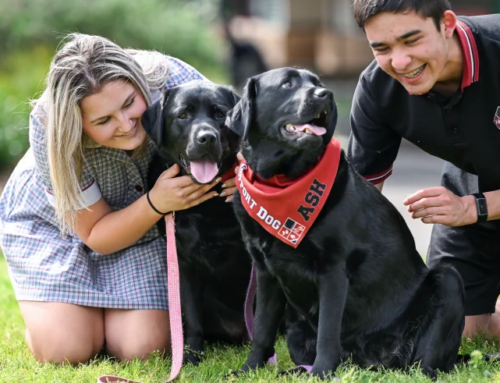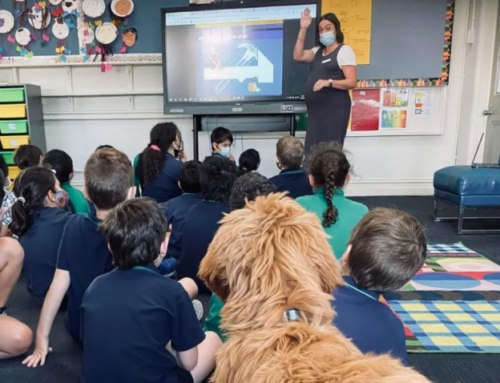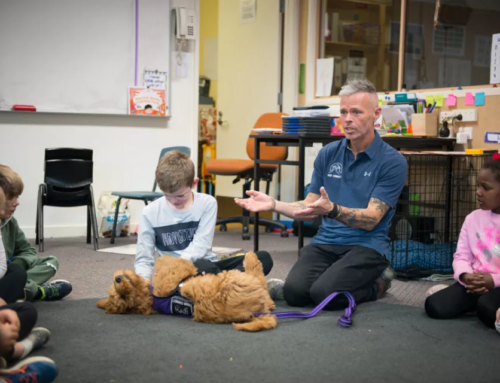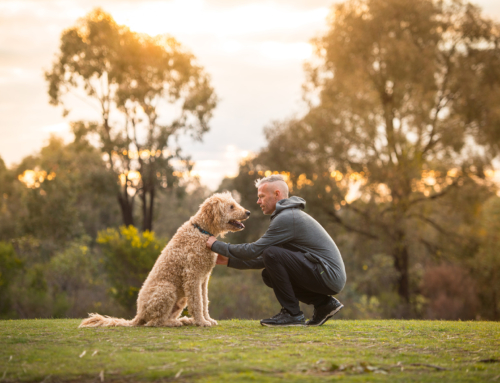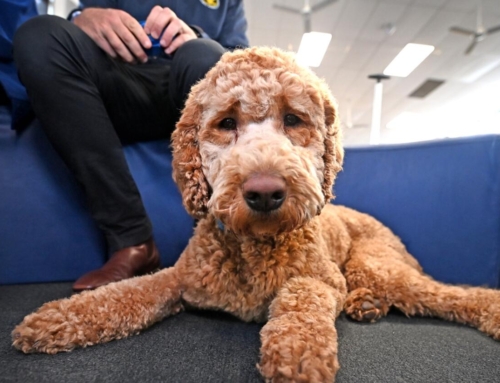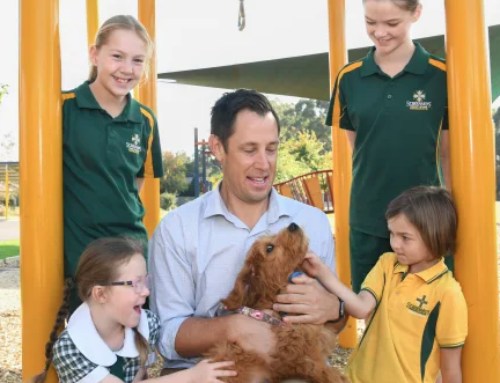As devoted pet parents, it’s natural for us to form deep bonds with our furry companions. However, some dogs may experience Attachment Nervousness, which can lead to unwanted behaviours and emotional distress for both the dog and their human family.
In this blog post, we will explore what attachment nervousness is, its causes, and provide practical tips to help you and your canine friend overcome this challenge and build a stronger, healthier bond.
Understanding Attachment Nervousness in Dogs
Attachment nervousness in dogs is a condition characterised by excessive clinginess, separation distress, and fear of abandonment. It can manifest as incessant barking, destructive chewing, soiling the house, or even self-injury. Dogs with attachment nervousness often struggle with being left alone, even for short periods, and exhibit signs of stress such as pacing, panting, barking and restlessness.
Causes of Attachment Nervousness
While there can be various factors contributing to attachment nervousness in dogs, it’s important to recognise that human behaviour can also play a significant role. At Dogs Connect, we strive to ensure the wellbeing of the dog is the utmost priority and go to great lengths to ensure every wellbeing dog is set up to be happy, confident and enjoy the work they do.
Several factors can contribute to attachment nervousness in dogs. Here are a few common triggers:
Early Life Experiences
Dogs that have experienced trauma, neglect, or frequent changes in their living environment during their critical socialisation period may develop attachment issues.
Lack of Socialisation
Insufficient exposure to various people, animals, and environments during a dog’s formative months can lead to fear and insecurity, resulting in attachment nervousness.
Sudden Changes
Major life changes like moving to a new home, the addition of a new family member, or the loss of a loved one can disrupt a dog’s sense of security, triggering attachment nervousness.
Overdependence
Dogs are social creatures, but if they are excessively dependent on their owners for companionship and emotional support, they can develop attachment nervousness. Constant attention and an inability to cope with alone time can contribute to this condition. It’s important to strike a balance between bonding with your dog and encouraging their independence.
Inconsistent Behaviour
Dogs thrive on consistency and routine. If their owners have erratic schedules, constantly come and go, or have unpredictable behaviour patterns, it can create insecurity and nervousness in their canine companions. Dogs appreciate stability and knowing what to expect from their daily interactions and environment.
Reinforcing Anxious Behaviour
Sometimes, unwittingly, owners can reinforce anxious behaviour in their dogs. For example, if a dog shows signs of distress when being left alone, and the owner responds with excessive sympathy or fuss, it can inadvertently reinforce the anxious behaviour. It’s important to provide reassurance and support in a calm and composed manner, avoiding reinforcing the anxious state.
Tips to Prevent and Manage Attachment Nervousness:
Set Boundaries
While it’s important to shower your dog with love and attention, it’s equally important to establish healthy boundaries. Encourage independent behaviour by gradually increasing alone time and teaching your dog to be comfortable in their own company. Start with short intervals of separation and gradually extend the duration as your dog becomes more at ease. This needs to coincide with a sufficient Enrichment Plan.
Consistency and Predictability
Dogs thrive in a structured environment. Establish consistent routines for feeding, exercise, playtime, and alone time. This helps them feel secure and reduces nervousness. Stick to a regular schedule as much as possible, ensuring that your dog knows what to expect throughout the day.
Encourage Independence
Gradually introduce your dog to new experiences, people, and environments. Encourage positive socialisation to build their confidence and independence. Take them on regular outings, expose them to different environments, and introduce them to new people and dogs. This will help them become more adaptable and less reliant on your constant presence.
Avoid Reinforcing Anxious Behaviour
When your dog displays signs of anxiety, such as whining or clinging, resist the urge to overly comfort or console them. Instead, remain calm and provide reassurance through your body language. Reward calm and relaxed behaviour with praise and treats, helping your dog associate calmness with positive reinforcement.
Create a Safe Space
Designate a comfortable area in your home where your dog can retreat to when they feel anxious or overwhelmed. Provide them with a cosy bed, blankets, and toys to create a secure environment. Gradually associate positive experiences with this space by offering treats, engaging in playtime, or providing their meals in that area.
Mental and Physical Stimulation
Engage your dog in regular mental and physical exercises to help channel their energy and reduce any potential anxiety. Activities like puzzle toys, obedience training, interactive games, and daily walks or play.
Attachment nervousness in dogs can be influenced by both canine and human factors. By understanding how our actions and behaviours can contribute to this condition, we can take proactive steps to prevent and manage attachment nervousness in our beloved pets.
Remember to establish healthy boundaries, provide consistency, and seek professional guidance if needed. With patience, understanding, and a commitment to positive training techniques, you can help your dog overcome attachment nervousness and build a secure, trusting relationship that will benefit both of you for years to come.
If you have any concerns and would like to speak to the team, please feel free to reach out to Dogs Connect.


